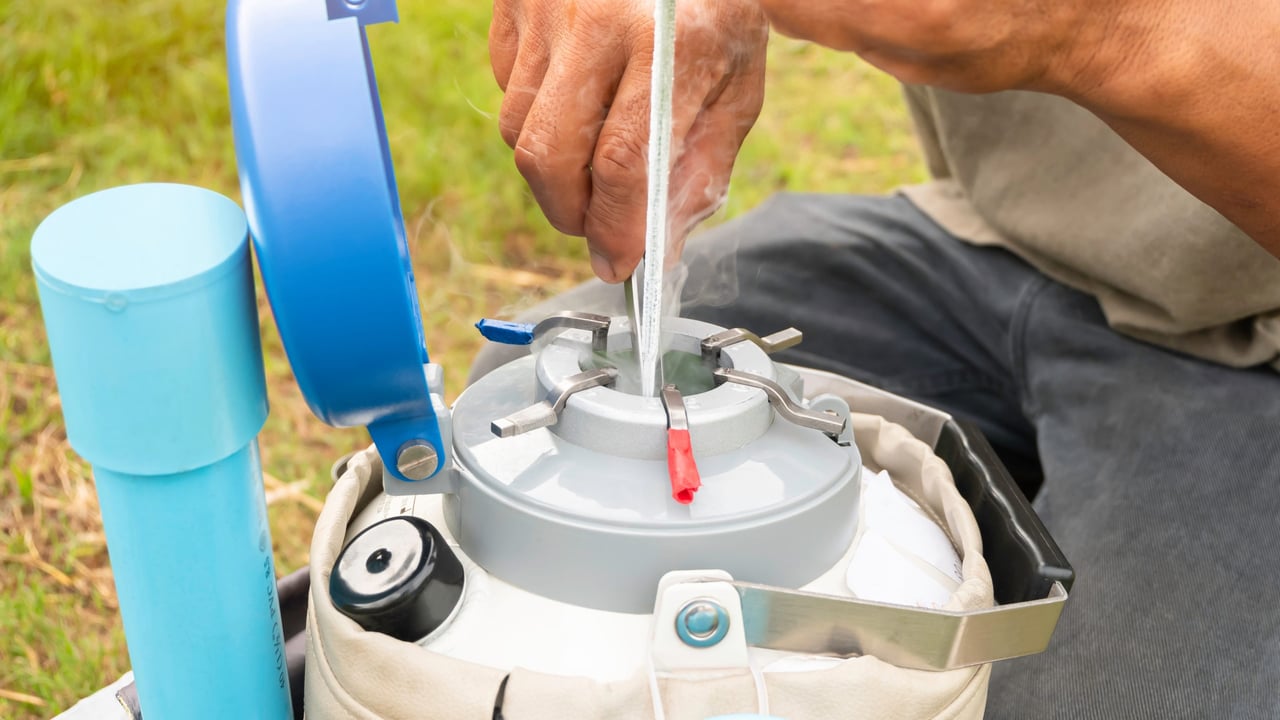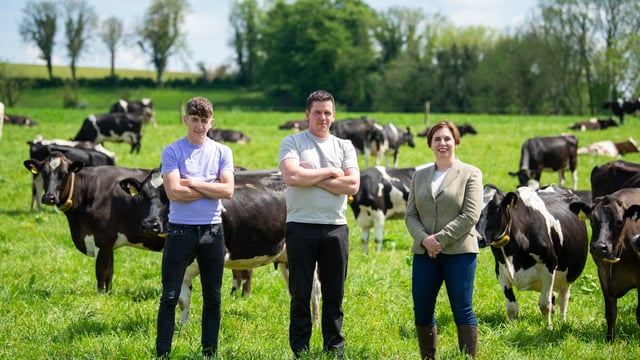Are you sticking with sexed semen this breeding season?
The 2024 breeding season saw many farmers complain about conception rates and in-calf rates, with some of the blame falling on sexed semen.
However, the poor conception rates can also be attributed to the poor and harsh cold weather in April, May and June last year - or sometimes the timing of insemination is not perfect.
Although conception rates were poor last year due to the impact of the weather on grass growth and feed availability, rates with sexed semen have improved over the years. However, it might still be a product that needs further refining.
The usage of sexed semen has increased by 50% in only two years. It is one of the key measures dairy farmers can use to increase their genetic gain by intensively selecting which cows are selected to be the dams of future replacements.
An Irish Cattle and Breeding Federation (ICBF) analysis of field data over five years shows that the relative performance of sexed semen compared to conventional semen is 92%.
The ICBF said there has been a significant improvement in the technology and usage over the last five years, due to improvements in the technology and the better usage of the product from farmers, which has resulted in an increased uptake of sexed semen at farm level.
The other side of using sexed semen is that you should be able to get your number of replacements off a fewer amount of cows and heifers.
Though this requires being more selective, it means that high quality beef straws can be used to breed high genetic merit, saleable beef calves.
However, in order to achieve good conception rates with the product, it has to be inseminated into a suitable cow at the right time of their heat.
Cows or heifers should be inseminated 10-20 hours after the start of their standing heat as with conventional semen, they should be inseminated any time during their standing heat within 12 hours.
In short, sexed semen is not going to suit every herd in the country, and farmers need to analyse their herd's fertility performance and genetic potential before devising a breeding strategy.
The likelihood is that while there may be a number of heifers or cows that may be suitable for sexed semen, there will also be a number that are not.
If the fertility performance of your herd is poor, it will be hard to justify the use of sexed semen as it will only result in poor conception rates and a prolonged calving pattern.
In this instance, the best option may be to use conventional semen until the fertility of the herd improves.
Using synchronisation programmes is one way of ensuring that the timing of the inseminations are 'bang on' and could be used on your replacement heifers.
A plan should be discussed with your breeding advisor to make sure you are getting full use of the best genetics in your herdwhile steering clear of using sexed straws on poor fertility or poor genetic merit animals.
For herds with a very low genetic merit, sometimes the best option is to buy in your replacements - which may seem like lunacy giving the price of heifers at the minute, but will ensure rapid genetic gain.
It will take years to build up a low genetic merit herd through straws and breeding, whereas buying in will increase the herd's genetic profile immediately.
To allow for rapid genetic gain and tighten in your spring calving pattern, farmers may cull some of the later-calving or under-performing cows in the herd and replace them with high genetic merit animals.
A change in breeding strategy will take five to seven years to have any significant impact on herd performance, which will be too slow a turnaround for farmers who find themselves with a herd Economic Breeding Index (EBI) of under €120.
The replacements available to purchase from the highest genetic merit herds around the country may be far superior to any replacements that a farmer with a low genetic merit herd could breed themselves.
Any replacement heifers that are bought in can then be used to breed the next generation of replacements which will further excel genetic gain in the herd.





